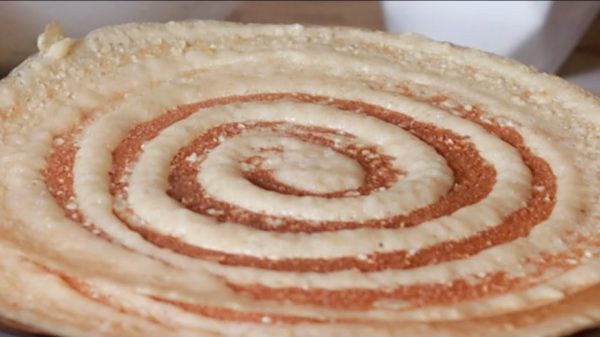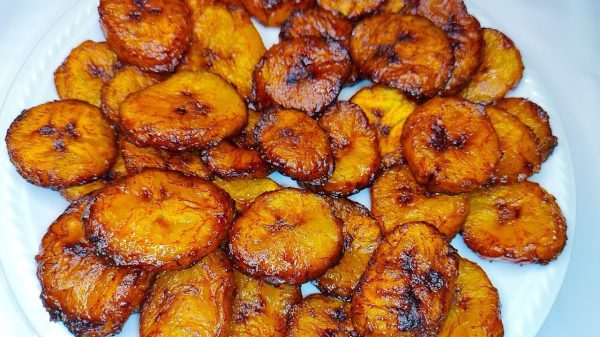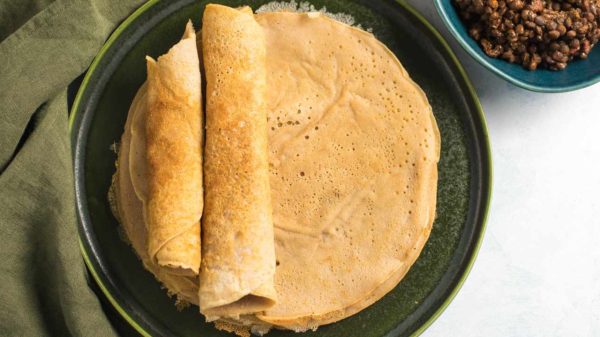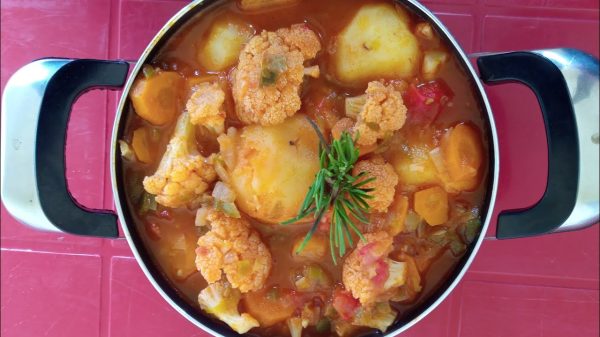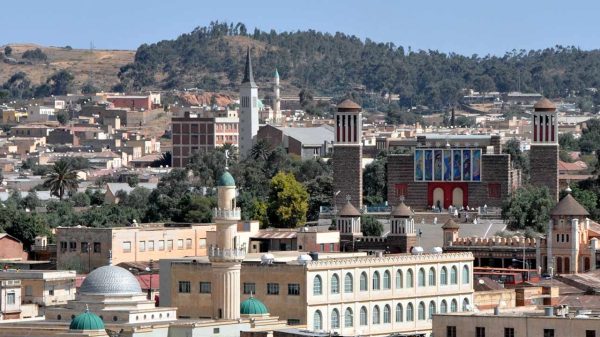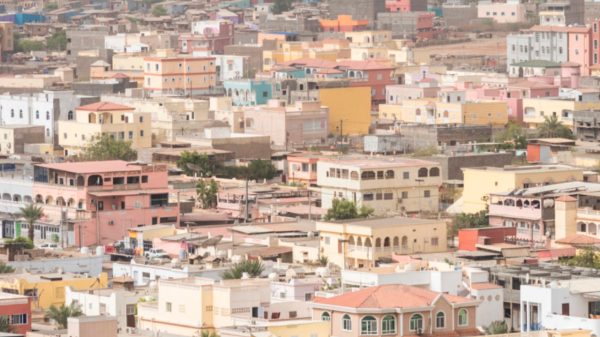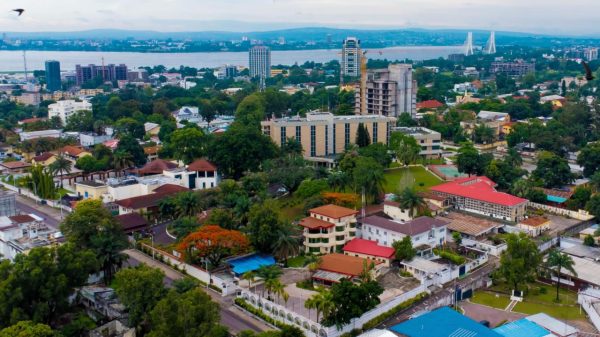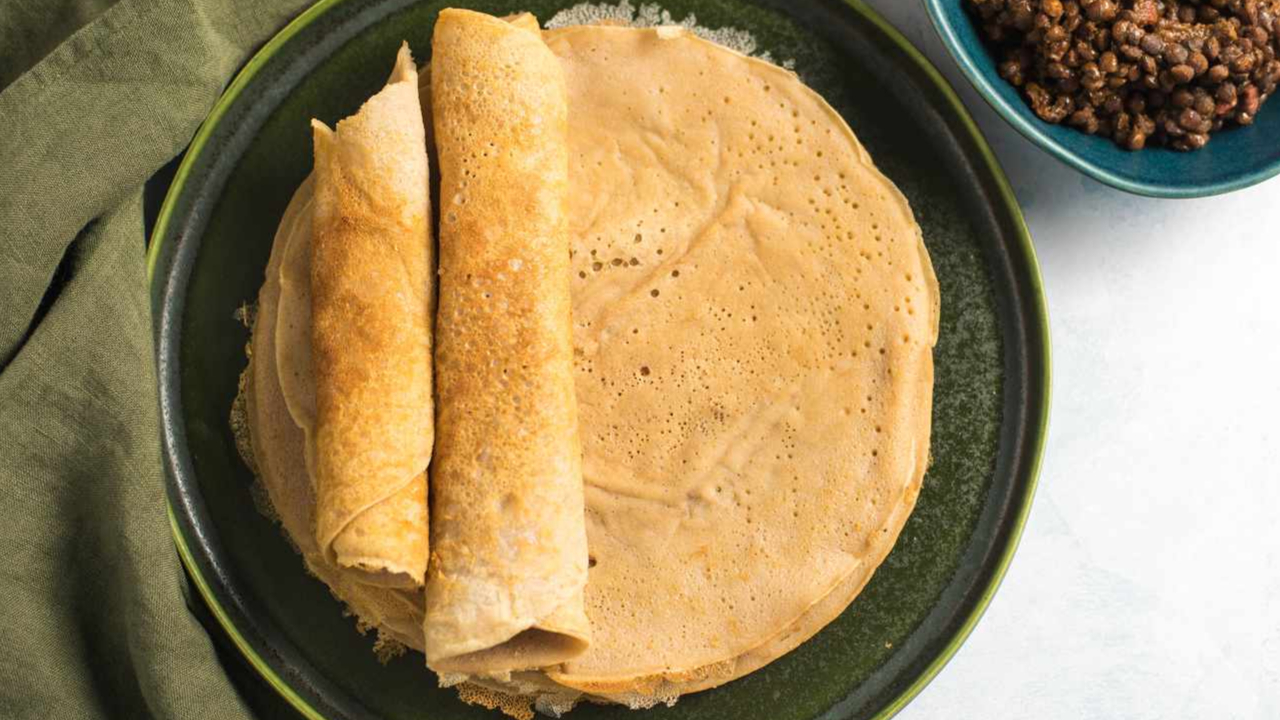Eritrean cuisine is a vibrant tapestry woven from diverse cultural threads, including Italian, Ethiopian, and Middle Eastern influences.
Characterized by bold spices, communal dining, and a deep-rooted tradition of hospitality, Eritrean dishes offer a unique culinary experience. Central to this cuisine is injera, a spongy flatbread that serves both as a plate and utensil, accompanied by an array of stews, vegetables, and meats. Whether you’re a seasoned foodie or a curious traveler, exploring Eritrea‘s traditional dishes promises a delightful journey through flavors and history.
1. Zigni (Spicy Meat Stew)
Zigni stands as a quintessential Eritrean dish, often considered the national stew. This hearty meal features tender chunks of beef or lamb simmered in a rich tomato-based sauce infused with berbere—a fiery blend of chili peppers, garlic, ginger, and aromatic spices. The slow-cooking process allows the meat to absorb the complex flavors, resulting in a dish that’s both spicy and deeply savory. Traditionally served atop injera, zigni is not just a meal but a cultural experience, bringing people together to share and savor each bite. It’s a staple at gatherings and special occasions, reflecting the communal spirit of Eritrean dining.
2. Injera (Sourdough Flatbread)
Injera is more than just a side dish; it’s the foundation of Eritrean meals. Made from fermented teff flour, this spongy, slightly sour flatbread doubles as both plate and utensil. Its porous texture is perfect for soaking up the rich sauces of accompanying stews like zigni or shiro. Eaten by tearing off pieces and using them to scoop up food, injera embodies the communal and hands-on nature of Eritrean dining. Beyond its culinary role, injera holds cultural significance, symbolizing unity and sharing among those who partake in the meal.
3. Shiro (Chickpea Stew)
Shiro is a beloved vegetarian stew, deeply ingrained in Eritrean culinary traditions. Crafted from ground chickpeas or broad beans, it’s seasoned with a medley of spices including berbere, garlic, and onions. The result is a creamy, flavorful dish that’s both comforting and nourishing. Often enjoyed during fasting periods or by those seeking plant-based options, shiro is typically served with injera, making for a satisfying meal. Its simplicity and depth of flavor have made it a staple in households across Eritrea.
4. Tsebhi Derho (Spicy Chicken Stew)
Tsebhi Derho is a spicy chicken stew that’s a centerpiece in Eritrean festive meals. Chicken pieces are marinated in lemon juice and then simmered in a sauce rich with berbere, onions, garlic, and tomatoes. Hard-boiled eggs are often added, absorbing the stew’s robust flavors. Served over injera, this dish is synonymous with celebration and is a testament to the Eritrean tradition of honoring guests with elaborate and flavorful dishes.
5. Alicha Birsen (Mild Lentil Stew)
Alicha Birsen offers a milder alternative to the spicier stews in Eritrean cuisine. This lentil-based dish is seasoned with turmeric, garlic, and ginger, resulting in a subtly flavored stew that’s both hearty and comforting. It’s a popular choice during fasting periods and is often accompanied by injera. The dish’s simplicity allows the natural flavors of the lentils to shine, making it a staple in many Eritrean households.
6. Fit-Fit (Injera Scramble)
Fit-Fit is a traditional Eritrean breakfast dish that repurposes leftover injera. The injera is torn into pieces and mixed with clarified butter, berbere, and sometimes yogurt, creating a spicy and tangy scramble. This dish exemplifies the resourcefulness in Eritrean cooking, turning simple ingredients into a flavorful and satisfying meal. Fit-Fit is often enjoyed with a side of tea or coffee, starting the day with warmth and spice.
7. Ga’at (Barley Porridge)
Ga’at is a traditional Eritrean porridge made from barley flour, often consumed for breakfast. The porridge is thick and dough-like, served with a well in the center filled with spiced butter and berbere. Sometimes, yogurt or milk surrounds the dish, adding a cooling contrast to the spicy center. Ga’at is not only nourishing but also holds cultural significance, often prepared during special occasions and communal gatherings.
8. Kulwa (Sautéed Meat)
Kulwa is a simple yet flavorful dish consisting of sautéed meat, typically lamb or beef, cooked with onions, tomatoes, and green chili peppers. Seasoned with garlic and ginger, the dish is often prepared in a traditional clay pot, enhancing its rich flavors. Served with injera or bread, kulwa is a common feature in Eritrean meals, showcasing the country’s love for hearty and spicy meat dishes.
9. Himbasha (Celebration Bread)
Himbasha is a slightly sweet, cardamom-flavored bread traditionally baked for special occasions and holidays in Eritrea. Often decorated with intricate patterns, this bread is as visually appealing as it is delicious. The inclusion of raisins or other dried fruits adds to its festive nature. Himbasha is typically shared among family and friends, embodying the spirit of togetherness and celebration.
10. Ful Medames (Fava Bean Stew)
Ful Medames is a hearty stew made from fava beans, seasoned with olive oil, lemon juice, garlic, and various spices. Commonly eaten for breakfast, it’s served with bread or injera and sometimes topped with chopped onions, tomatoes, or boiled eggs. This dish reflects the broader culinary influences in Eritrea, sharing similarities with Middle Eastern and North African cuisines, yet maintaining its unique Eritrean identity.
Exploring these ten traditional Eritrean dishes offers a window into the country’s rich cultural tapestry and culinary heritage. Each dish tells a story of community, tradition, and the vibrant flavors that define Eritrean cuisine.
Subscribe to our Newsletter
Stay updated with the latest trends in African Pop Culture!






